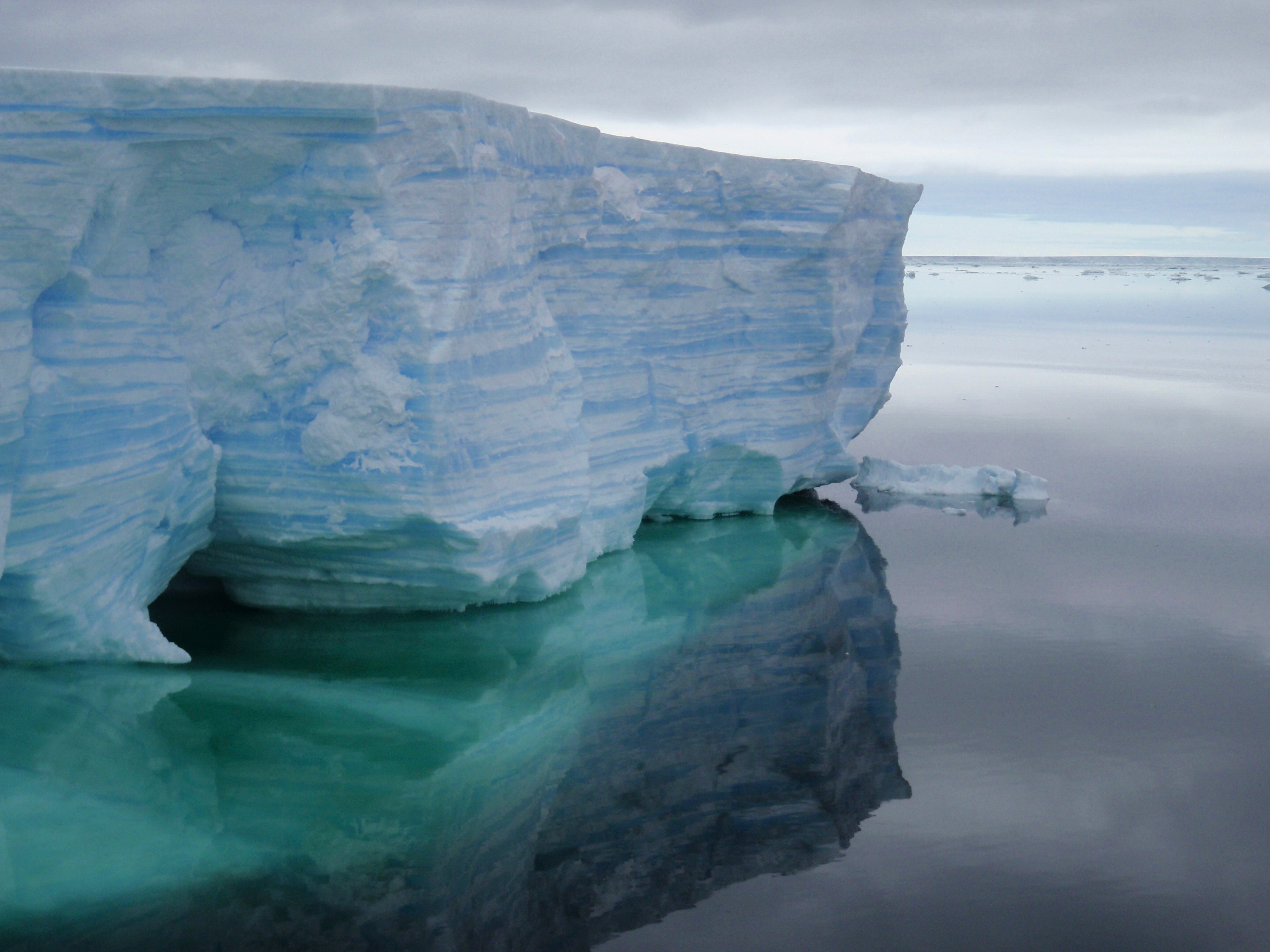Breakthrough study links global emissions to ice sheet collapse in Antarctica
Melting of West Antarctic ice sheet could raise sea levels by three metres
Your support helps us to tell the story
From reproductive rights to climate change to Big Tech, The Independent is on the ground when the story is developing. Whether it's investigating the financials of Elon Musk's pro-Trump PAC or producing our latest documentary, 'The A Word', which shines a light on the American women fighting for reproductive rights, we know how important it is to parse out the facts from the messaging.
At such a critical moment in US history, we need reporters on the ground. Your donation allows us to keep sending journalists to speak to both sides of the story.
The Independent is trusted by Americans across the entire political spectrum. And unlike many other quality news outlets, we choose not to lock Americans out of our reporting and analysis with paywalls. We believe quality journalism should be available to everyone, paid for by those who can afford it.
Your support makes all the difference.A new study has provided the first concrete evidence linking ice loss from the West Antarcticice sheet with the emission of greenhouse gases, raising serious concerns over sea level rises.
The West Antarctic ice sheet in the Amundsen Sea is already one of the biggest and fastest contributors to the world’s rising sea levels, and if it completely melted, would further raise sea levels by up to 3 metres.
While it has long been suggested that the impact of greenhouse gas emissions was warming the Amundsen Sea and this was causing increasing ice loss, it had not been possible to demonstrate the theory – largely because regular temperature data for the region only began being recorded in 1994.
However, advanced ocean modelling techniques used by scientists from the British Antarctic Survey simulated the response of the ocean to a wide range of possible atmospheric changes between 1920 and 2013.
The simulations reveal that the Amundsen Sea generally became warmer over the century.
The team said this warming corresponds with simulated trends in wind patterns in the region which increase temperatures by driving warm water currents towards and beneath the ice.

Rising greenhouse gases are known to make these wind patterns more likely, and so the trend in winds is thought to be caused in part by human activity.
Dr Kaitlin Naughten, ocean-ice modeller at BAS and lead author of the study, said: “Our simulations show how the Amundsen Sea responds to long-term trends in the atmosphere, specifically the Southern Hemisphere westerly winds.
"This raises concerns for the future because we know these winds are affected by greenhouse gases. However, it should also give us hope, because it shows that sea level rise is not out of our control.”
As well as supporting theories that ocean temperatures in the Amundsen Sea have been rising since before records began, the research also provides the missing link between ocean warming and the wind trends already known to be partly driven by greenhouse gases.
The researchers warned that the trends indicate that ocean temperatures around the West Antarctic ice sheet will probably continue to rise if greenhouse gas emissions increase, with consequences for ice melt and global sea levels.
But their study also indicates that melting of the ice sheet could be curbed if emissions are sufficiently reduced and wind patterns in the region are stabilised.
Professor Paul Holland, ocean and ice scientist at BAS and a co-author of the study, said: “Changes in the Southern Hemisphere westerly winds are a well-established climate response to the effect of greenhouse-gases. However, the Amundsen Sea is also subject to very strong natural climate variability.
"The simulations suggest that both natural and anthropogenic changes are responsible for the ocean-driven ice loss from the West Antarctic ice sheet.”
The research is published in the journal Geophysical Research Letters.


Join our commenting forum
Join thought-provoking conversations, follow other Independent readers and see their replies
Comments